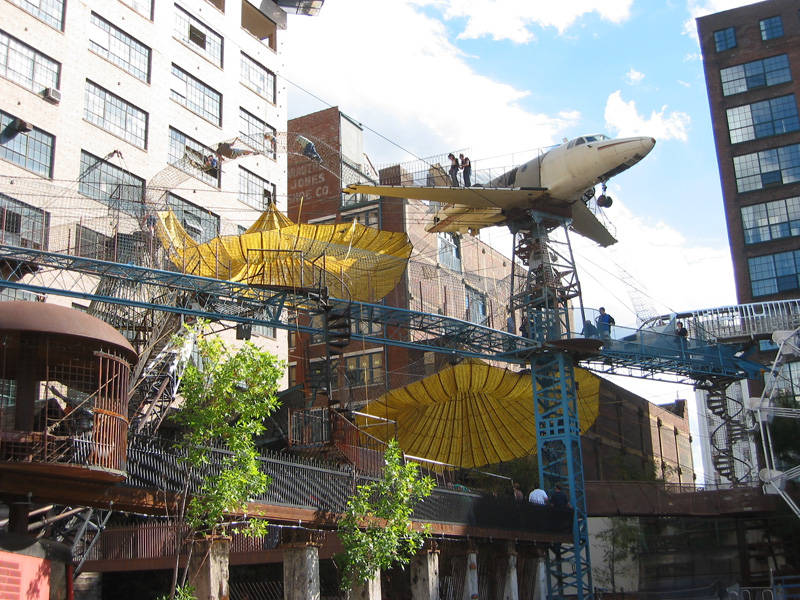But before I go into that, I should go back to the beginning of my day (apologies if it's a bit long...) -
This morning, I went along to General Assembly's Makers Breakfast and heard the founders of Technology Will Save Us and Sugru speak about their origins, what its like being a professional maker, and what inspires them and their businesses. I've been familiar with both companies for a while, was involved in the Enabled by Designathon which both played a role in, and am currently only a foot away from a sugru'd power cable, but I always find it inspiring to hear the story of a product straight from the horse's mouth.
The theme throughout both talks was that these companies, products and communities are built on a foundation of giving people knowledge and tools to take the fear out of making. When people understand what they are capable of, they are capable of anything. Both TWSU and Sugru have created themselves, from their products, packaging, and copy to their thriving on and offline communities, to be as low-barrier and as welcoming as possible. Making what to many seemed intangible, not only tangible, but second nature.
When I left the breakfast, I had the rest of the day to myself (hello staycation), and had a sudden urge to revisit some old stomping grounds. When I moved to London, I was dead-set on being an art buyer/ curator, studying museum curation and art theory, working at quite a well known gallery and later a small but well established museum, and visiting multiple exhibitions a week. The longer I was there though, the more disenchanted I became by the rigidity, egos, and pretentiousness I often encountered, and by my final year, I wanted very little to do with the art world. I still enjoyed art, but needed a bit of a breather.
I set off West and ended up at the V&A (quite possibly my favourite museum in London) and ventured into their latest free exhibition of photography from the Middle East. While gazing over a collection of photos of rioters, I could hear a cluster of kids, no more than 8 or 9 years old, laughing and playing about behind me. "Can you keep the noise down! This is a gallery, not a playground," stifled their laughter, as the gruffly spoken words yapped out of the obviously disgruntled and unhappy invigilator perched on his stool in the shadows of the exhibition. It's not like one needs to hear a photograph to better understand it. And you wonder why kids often dread museum visits. That one line, mixed with the inspiring maker mantras from this morning to form: I want to hack museums.
Why can't museums be playgrounds? Why do they have to be these cathedrals to the past, where visitors take a vow of silence upon entering what has always been deemed a sacred space. Most of the things in museums, particularly at the V&A, were never made to be housed behind glass boxes, they were made to be interacted with, to be used in context - they were made to be alive, not mummified. I'm not suggesting we start eating out of 17th century imperial tea sets or playing dress up with a 1940s Jean Desses gown; there are important conservation reasons for glass boxes and dim lighting. However, these physical barriers, along with the often verbally intangible descriptions that go along with many museum objects, museums and exhibitions can create a similar feeling to that of technology - this is something people can see, but unless you have extensive education, you won't fully understand it, and you certainly wouldn't be able to do it better yourself.
 |
| City Museum - it has a fucking plane on the roof YOU CAN CLIMB ON |
This a big conversation, and I don't expect, nor do I necessarily want the V&A to become a giant playground, but it would be nice to create a space where giggling, playing, questioning, and exploring the museum environment is seen as natural, and can be done without fear of scolding. I'd love to hear about things that are already going on, and ideas people have about how museums can work better - if you have any, give me a shout.
/end rant... for now
